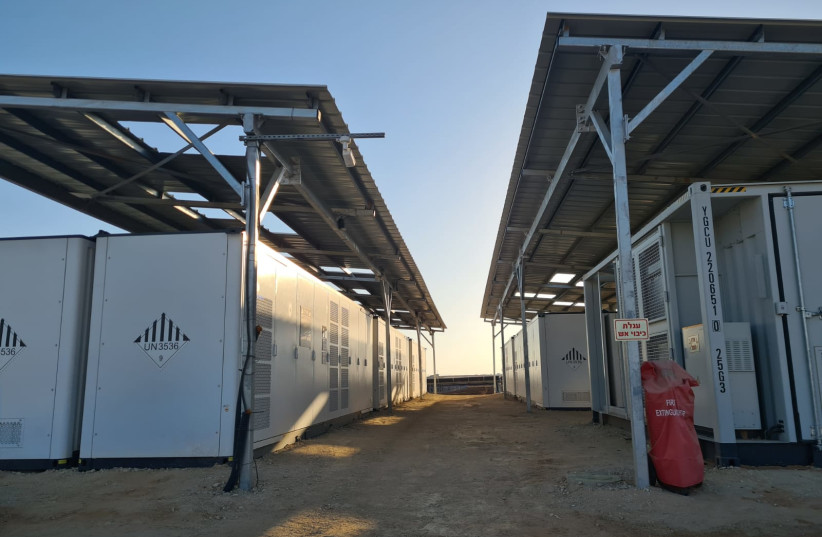Enlight Renewable Energy's Sde Nitzan venture has kicked off commercial operations on Wednesday.
The project has a capacity of 23 MW of renewable energy and 40 MWh of storage. This is Enlight's first project that connects it to the electricity grid and is the largest in the country to combine both solar and storage.
The company explained that the Sde Nitzan project is an integral part of Enlight's PV+ storage cluster. This cluster boasts a solar capacity of 248 MW coupled with a storage capacity of 474 MWh. The remainder of this capacity is anticipated to be gradually integrated into the grid by the conclusion of the first half of 2024.
Sde Nitzan project to empower sale of electricity
Starting in January 2024, the Sde Nitzan project will empower the sale of electricity to corporate clients, capitalizing on Israel's unique electricity market regulations. These new regulations facilitate direct agreements between green energy producers, like Enlight, and substantial electricity consumers, fostering the expedited transition towards eco-friendly energy in Israel.
For example, Enlight recently struck agreements with Amdocs and SodaStream, a subsidiary of PepsiCo, to supply green energy. These collaborations will harness the potential of solar-plus-storage solutions for generating sustainable energy.

On Wednesday, Enlight also announced the successful activation of its ACDC project, a 26 MW endeavor in Hungary with a capacity of 26 MW.
This project's energy output will be marketed through a Power Purchase Agreement (PPA) tied to the Consumer Price Index over 15 years. The ACDC project is one facet of Enlight's broader portfolio in Hungary, encompassing operational endeavors like the Attila project, with a 57 MW capacity, as well as the ongoing construction of the Tapolca project, with a capacity of 60 MW.
